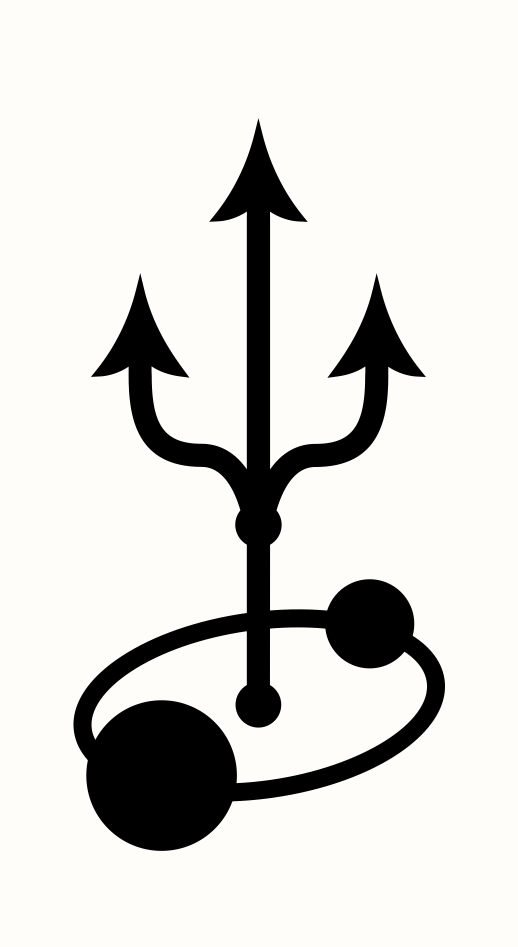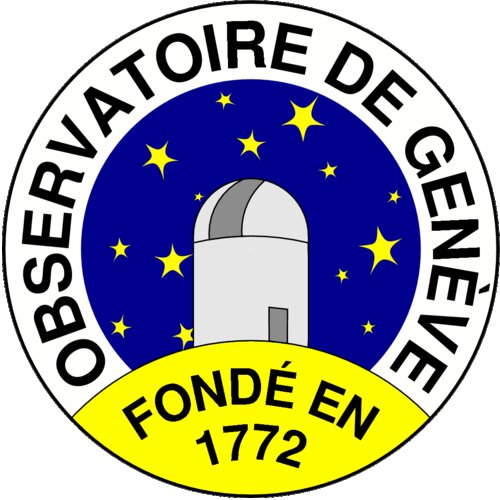What is POSYDON?
POSYDON (POpulation SYnthesis with Detailed binary-evolution simulatiONs) is a next-generation
single and binary-star population synthesis code incorporating full stellar structure and evolution modeling with the use of MESA.
Follow the links for the latest documentation on
and to access source code on GitHub or MESA grids for population synthesis on Zenodo. There are now two major releases of POSYDON (v1 and v2) that you can follow quick links for on the right.
Read more about each version in their respective instrument papers
Community & Support
If you do use POSYDON, consider joining our Google users' group to ask questions or raise issues about the code, or feel free to do the same on our Github repository. We would love to hear from you to help make
POSYDON as useful and versatile a research tool as possible.
POSYDON is being developed by a collaborative team of
astrophysicists and computer scientists. Initially envisioned by Tassos Fragos (Université de Genève) and Vicky Kalogera (Northwestern University), the project was developed and launched by them, in collaboration with Aggelos Katsaggelos (Northwestern University), in 2018, and since the the project leadership team has expanded to include Jeff Andrews (University of Florida).
Quick links to the right will let you access our Google users' group, see current and past team members, or browse our team's work on NASA's ADS abstract service.
News
















